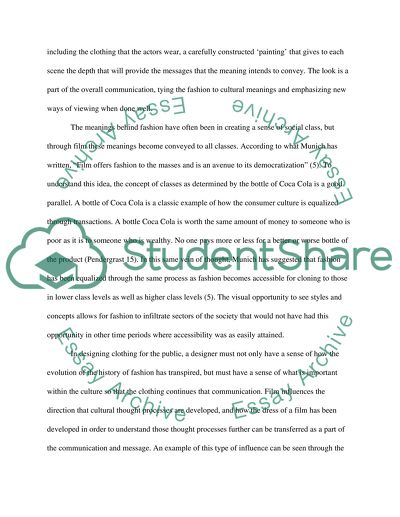Cite this document
(“The Influence of Film and Fashion and the Impact on Cultural Essay”, n.d.)
Retrieved from https://studentshare.org/visual-arts-film-studies/1432727-film-and-american-culture-studies
Retrieved from https://studentshare.org/visual-arts-film-studies/1432727-film-and-american-culture-studies
(The Influence of Film and Fashion and the Impact on Cultural Essay)
https://studentshare.org/visual-arts-film-studies/1432727-film-and-american-culture-studies.
https://studentshare.org/visual-arts-film-studies/1432727-film-and-american-culture-studies.
“The Influence of Film and Fashion and the Impact on Cultural Essay”, n.d. https://studentshare.org/visual-arts-film-studies/1432727-film-and-american-culture-studies.


